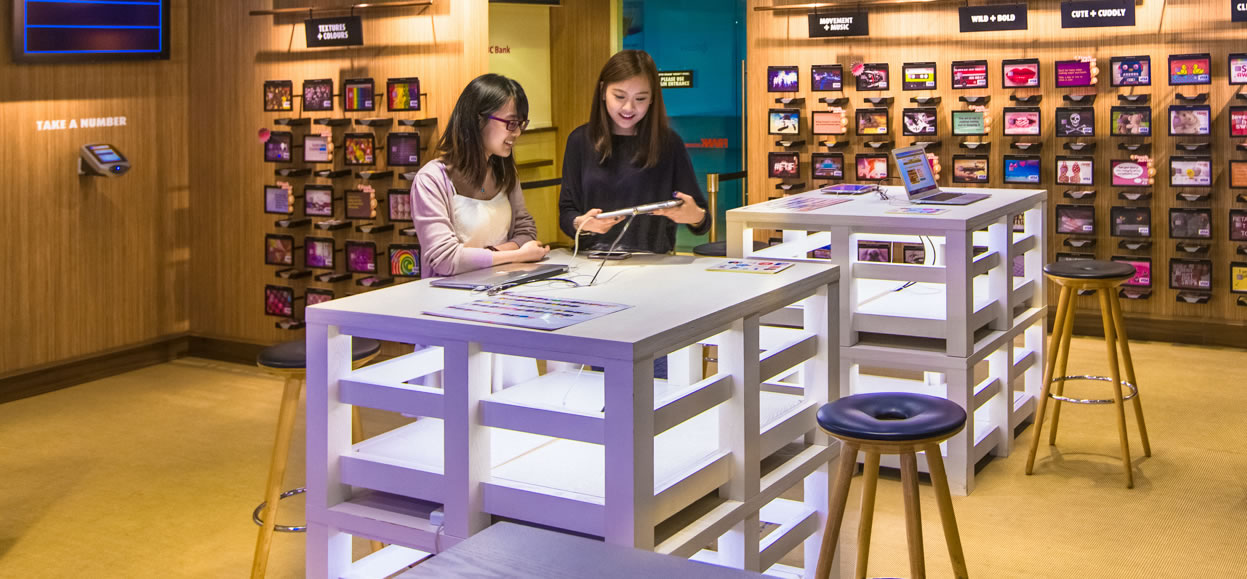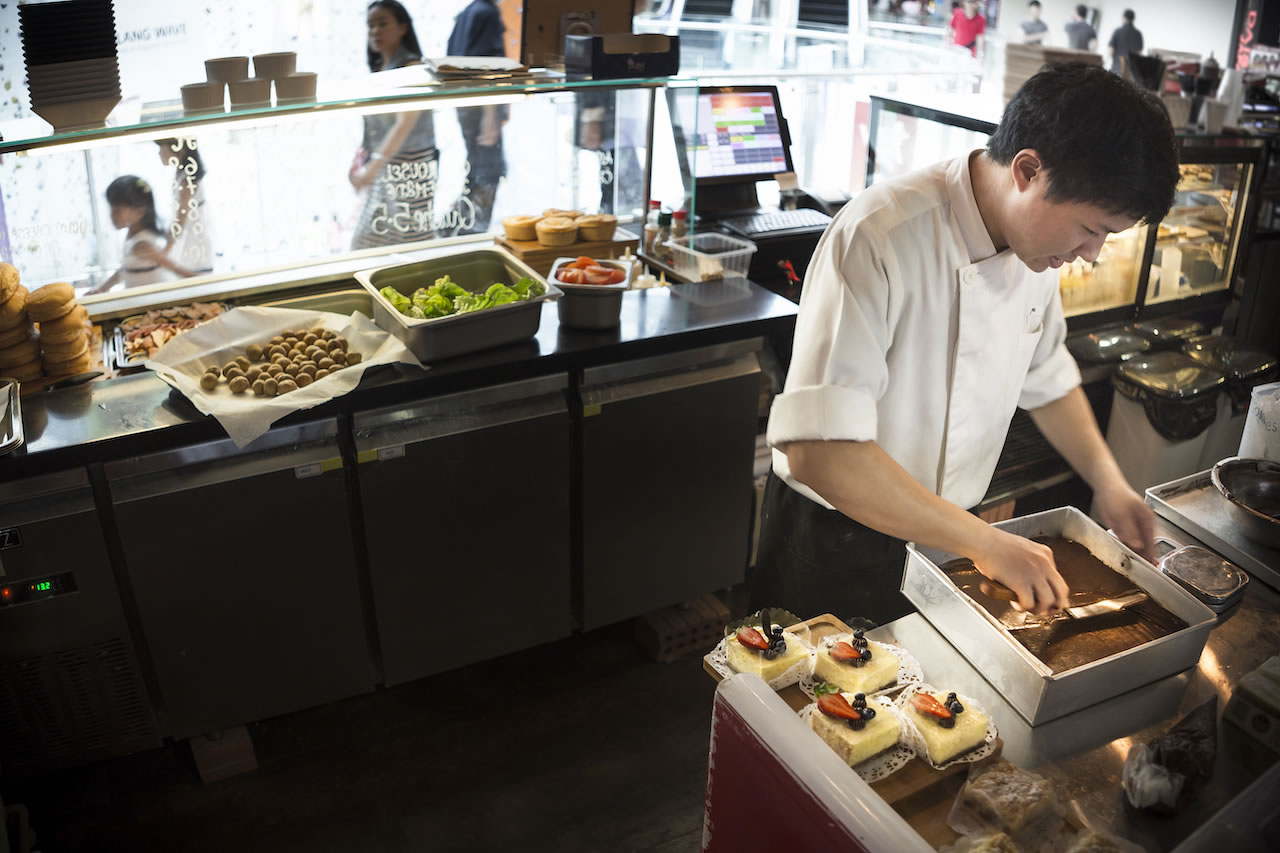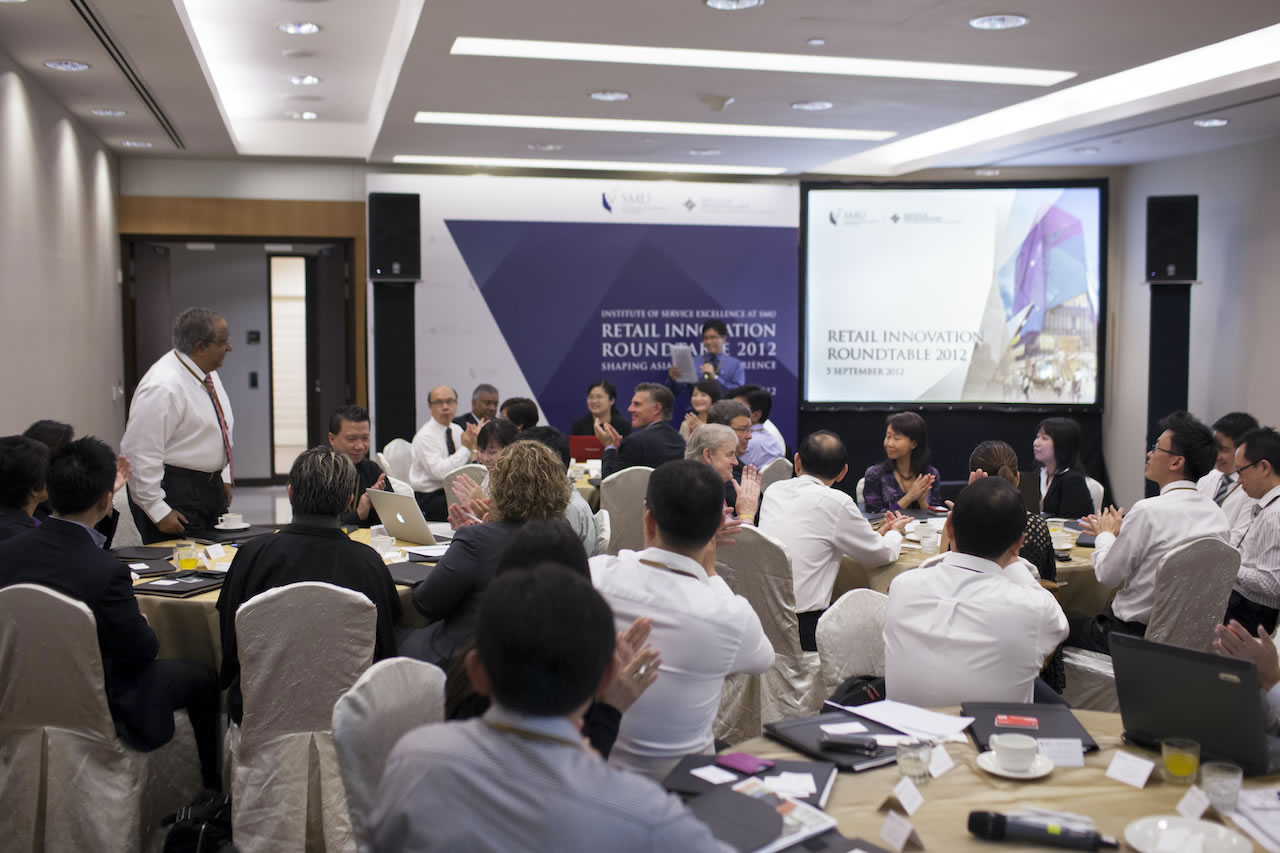Our research team works with both industry and government on a wide range of research and consulting projects. Our work has helped to uncover new business insights and discover innovative ways to improve the service experience. These are some of the projects that we have worked on.

Predicting Drivers of Satisfaction
Digital banking allows consumers greater access and control of their finances than ever before. Understanding which areas of the online banking experience will be most effective in boosting customer satisfaction will not only allow a bank to prioritise its improvement efforts but also help in onboarding more customers onto its digital banking platforms.
ISE researchers worked with one of Singapore’s largest banks to design a structural equation model to predict which dimensions will most effectively move the needle, i.e., improving perceptions of quality and satisfaction. By using a performance-impact matrix, management was able to identify specific dimensions and attributes that were the most important drivers of satisfaction.

Mapping the Customer Journey
Everyone loves shopping and dining, but isn’t there always a couple little things in the experience that could do with improving? Working in partnership with a coalition of local retail and F&B businesses, ISE researchers set out to map the customer experience at these establishments, to identify the pleasant, and not so pleasant, points of the journey.
Through ethnographic observations and interviews, robust customer journey maps for shopping or dining experiences were built. From how customers first become aware of the services to what would make them patronise the business again, these maps provided business owners a clear picture of the customer experience across all touchpoints, highlighting both the joys and pain points, and allowing them specific insights to optimise the service experience for their store or restaurant.

Optimising Service Processes
Restaurants face many challenges, not least of which are productivity and manpower-related. ISE researchers, in partnership with SMU faculty, worked with a popular Italian trattoria to create a service blueprint of its operations.
Through observing and interviewing both team members and diners, service processes for both the front-of-house, back-of-house, and logistics of the restaurant were mapped and visualised. With the service blueprint, restaurant managers were able to clearly identify where bottlenecks were occurring and where small changes, such as a modest rearranging of service stations in the dining areas, can lead to meaningful and innovative improvements to productivity and staffing requirements during peak periods.

Measuring the Competition
Working with one of Singapore’s most iconic shopping malls, ISE researchers developed a customised structural equation model to predict drivers of quality and measure customer experience at the mall. Leveraging ISE’s experience in industry benchmarking, researchers also measured several competitor malls.
These insights allowed mall management to prioritise its resource investments vis-à-vis competitors’ actions and their effectiveness on customers’ perceived quality and satisfaction. It also allowed benchmarking against a variety of mall attributes, from customer services to toilet facilities, ensuring the mall continues to maintain its industry-leading advantage in key areas while staying on par with industry standards in other attributes of quality.

Transforming Service Professionals
ISE researchers worked extensively with government agencies to review a service excellence training framework, identifying gaps and opportunities to transform the programme to better serve the needs of the service industry and its workforce.
Through the use of in-depth interviews with senior management and focus group discussions with company representatives, as well as statistical regression techniques to determine factors that had the biggest influence on training satisfaction, the study provided government decision-makers qualitative and empirical insights to shape and transform the national workforce skills qualification framework.

HOW WE CAN HELP
As no two problems are alike, no one-size-fits-all approach should be expected as a solution.
The robust and dynamic nature of the CSISG analytical model and rich source of industry insight provide excellent opportunities for adaptations across different sectors and company needs. If you have a problem, an idea, or even a hypothesis that you think the ISE can value-add towards, do reach out and intrigue us.
We would love to hear from you.